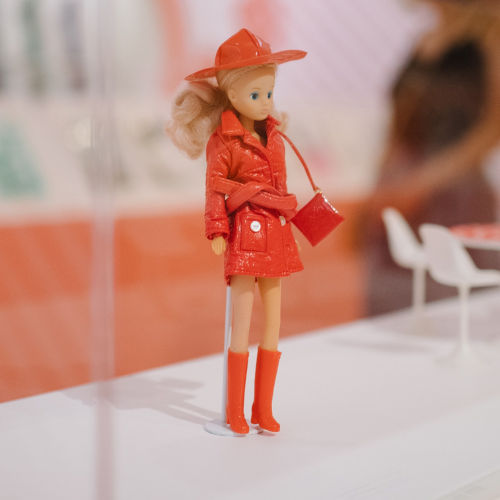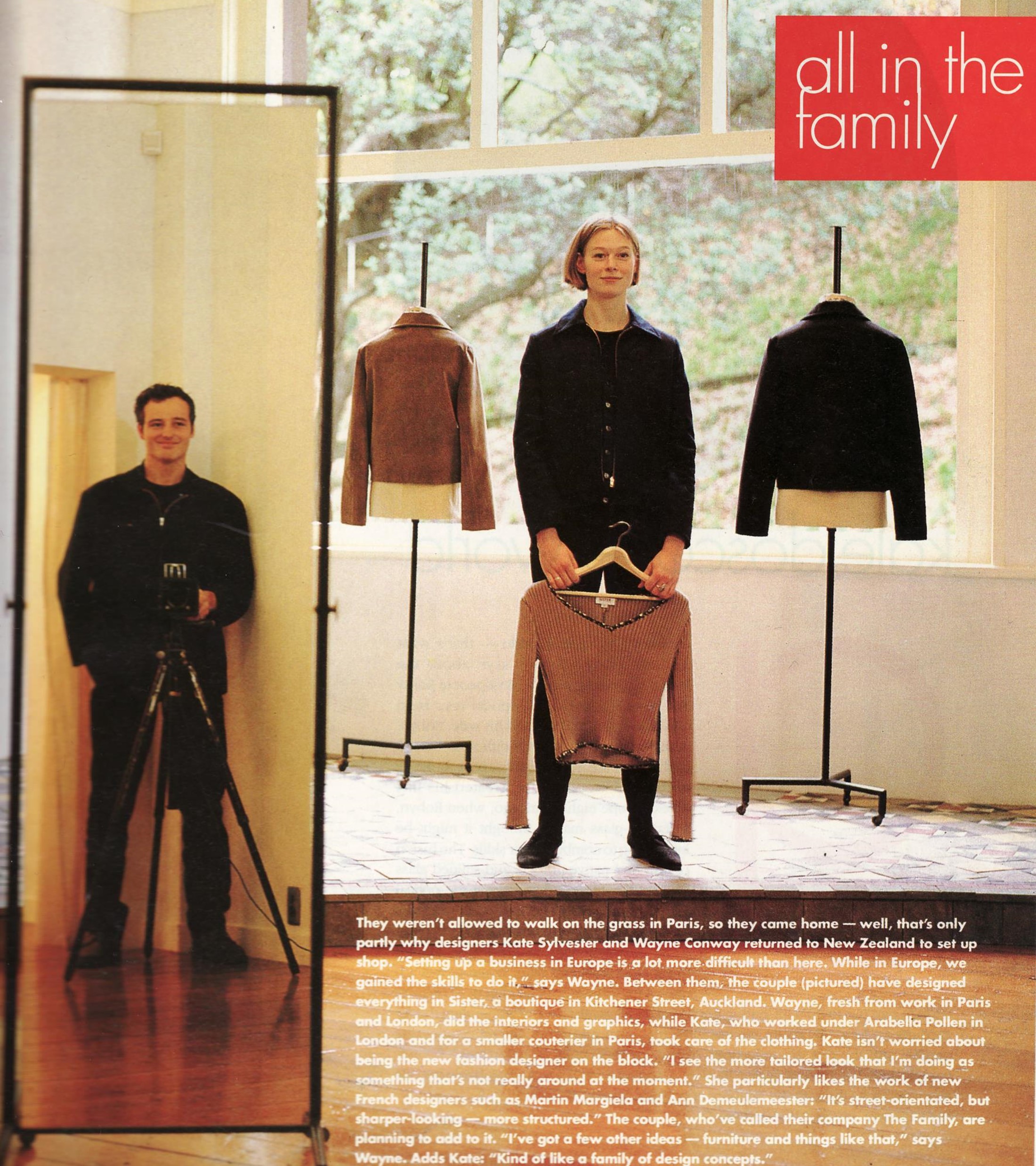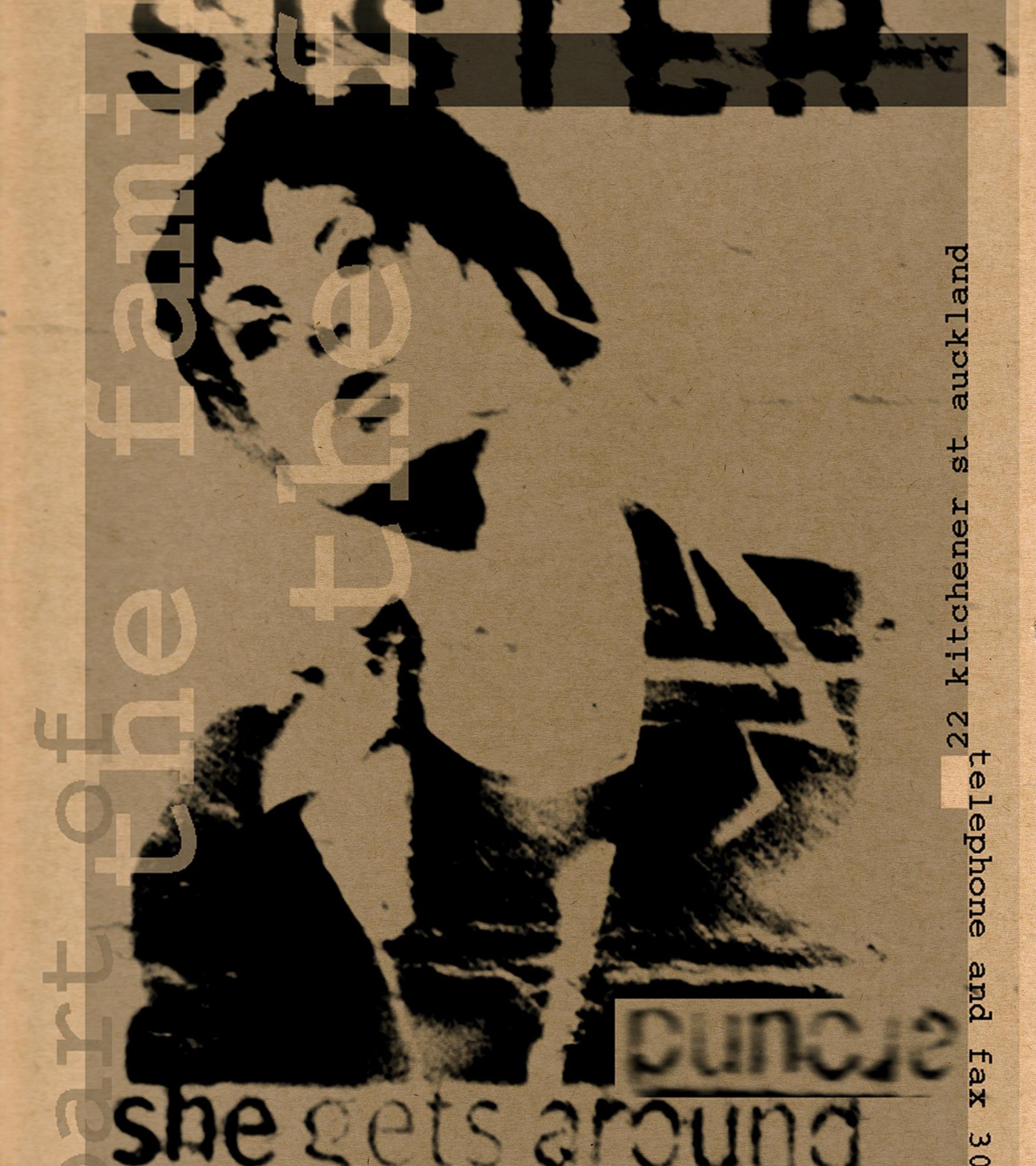In response to the exhibition 'Mary Quant: Fashion Revolutionary', on display now at Auckland Art Gallery Toi o Tāmaki, New Zealand fashion designer Kate Sylvester sat down with fashion director Dan Ahwa to discuss the enduring impact the British fashion icon has made on her career.
Dan Awha: Hi Kate, thanks for taking the time to chat. Towards the exhibition opening last month we talked about how at age 14 you came across Mary Quant’s autobiography, Quant by Quant (1966), at a school fair. What was it like delving into this introduction to Mary Quant at such a formative age?
Kate Sylvester:The book blew my mind, really, and set my whole direction and career.
I’d always been interested in clothes; that was all I did – play dress-ups and make cut-out dolls. Her autobiography is the most charming, most fantastic book – it’s written as if she’s chatting to you about all those crazy days on King’s Road in London in the 60s, and she talks through how she and her husband Alexander Plunkett-Greene created their business.
I devoured it. I’ve read it so many times, I’ve underlined bits, I’ve made notes. Even now when I flick back through, there’s just so much that she talks about in the book that still resonates so strongly with me.
She started out by making clothes for herself and for her friends, and that’s one of the things that’s always driven me; making clothes for my life and for women to live in.
She talks about how to put your wardrobe together with separates and how they’re so much more affordable than dresses, about grading and how it works in different sizes – it just covers the whole spectrum.
The book explains how the two of them (Quant and husband Plunkett-Greene) literally built their first store and how she made all the original clothes. If anybody knows our story with my partner Wayne (Conway) and myself – they know that’s exactly how we started off too, so I can’t overstate what an amazing impact Mary Quant’s had on me.






